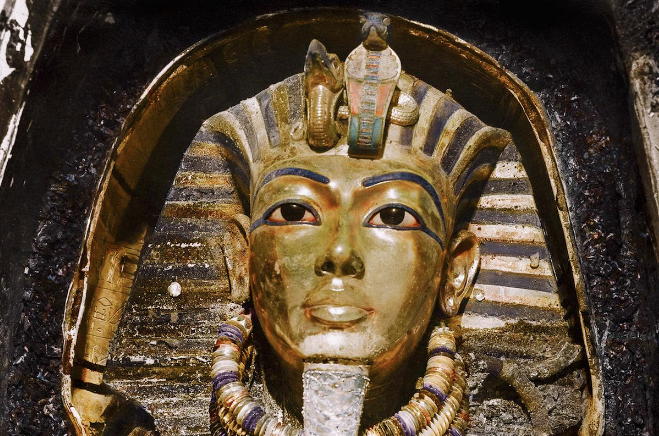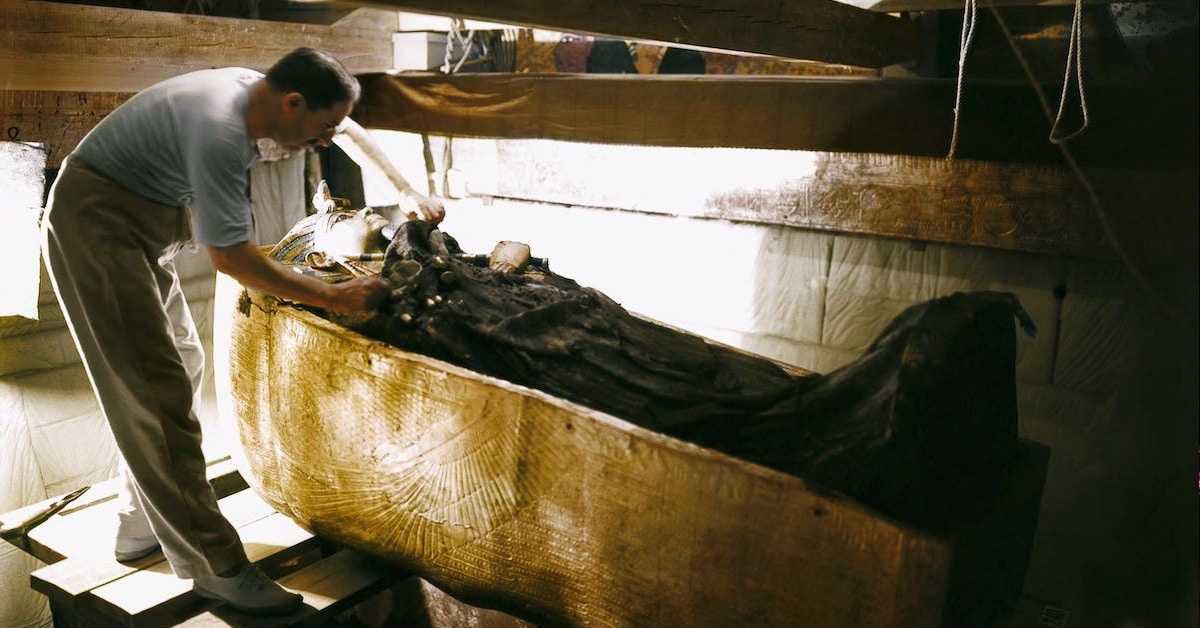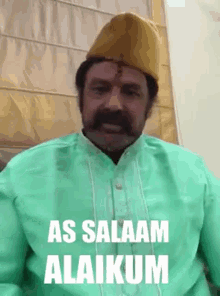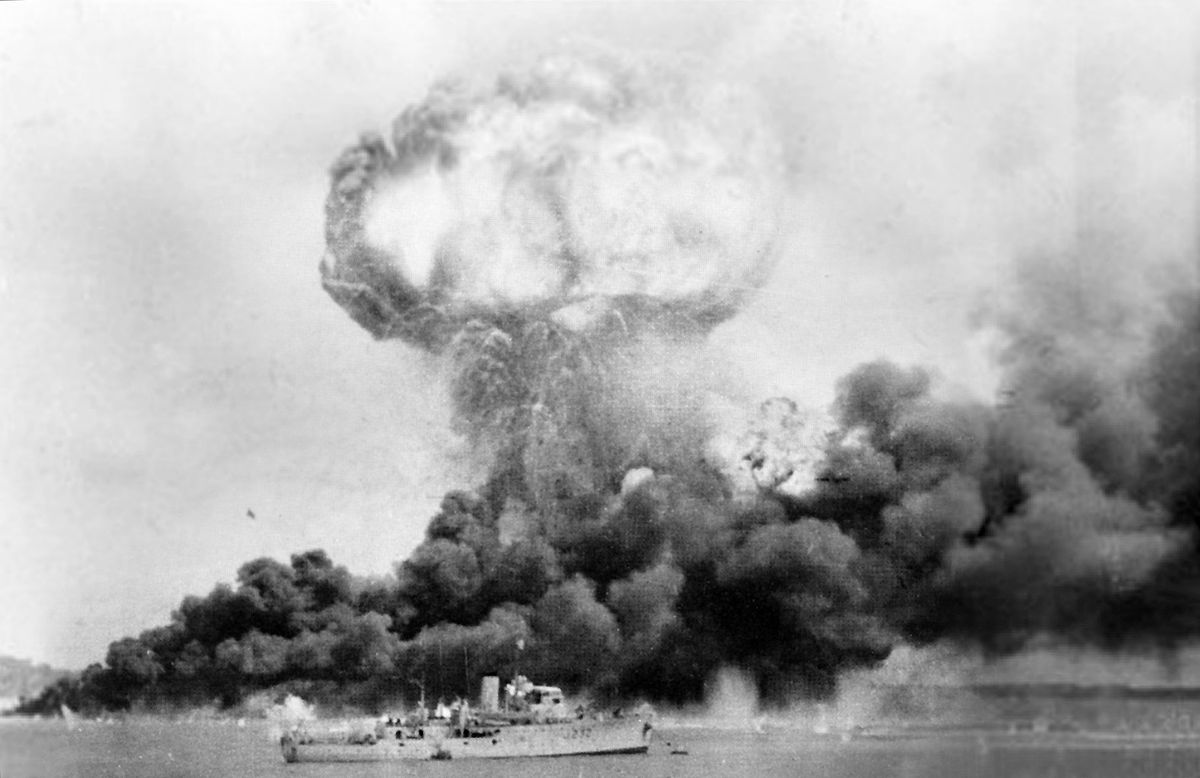injinji
Well-Known Member
Cairo — Exactly 10 years ago tens of thousands of Egyptians packed into Cairo's Tahrir Square to demand change. The military backed the popular uprising, and President Hosni Mubarak was forced out of power after 30 years.
The protesters were lauded as heroes, and there was a new feeling of hope in the country. Egyptians had seen that peaceful, mass-demonstration could bring about real change. Many believed the square in the heart of the capital was not just a symbol, but a tool; Tahrir Square will be always there, they thought. We all know the way to Tahrir. If we want change, we fill it again and change will come.

 www.cbsnews.com
www.cbsnews.com
The protesters were lauded as heroes, and there was a new feeling of hope in the country. Egyptians had seen that peaceful, mass-demonstration could bring about real change. Many believed the square in the heart of the capital was not just a symbol, but a tool; Tahrir Square will be always there, they thought. We all know the way to Tahrir. If we want change, we fill it again and change will come.

Tahrir Square 10 years later: What happened to Egypt's revolution?
"I would have never imagined that, within 10 years, there would be less freedom in Egypt than under Mubarak's era," one pro-democracy activist tells CBS News.




















